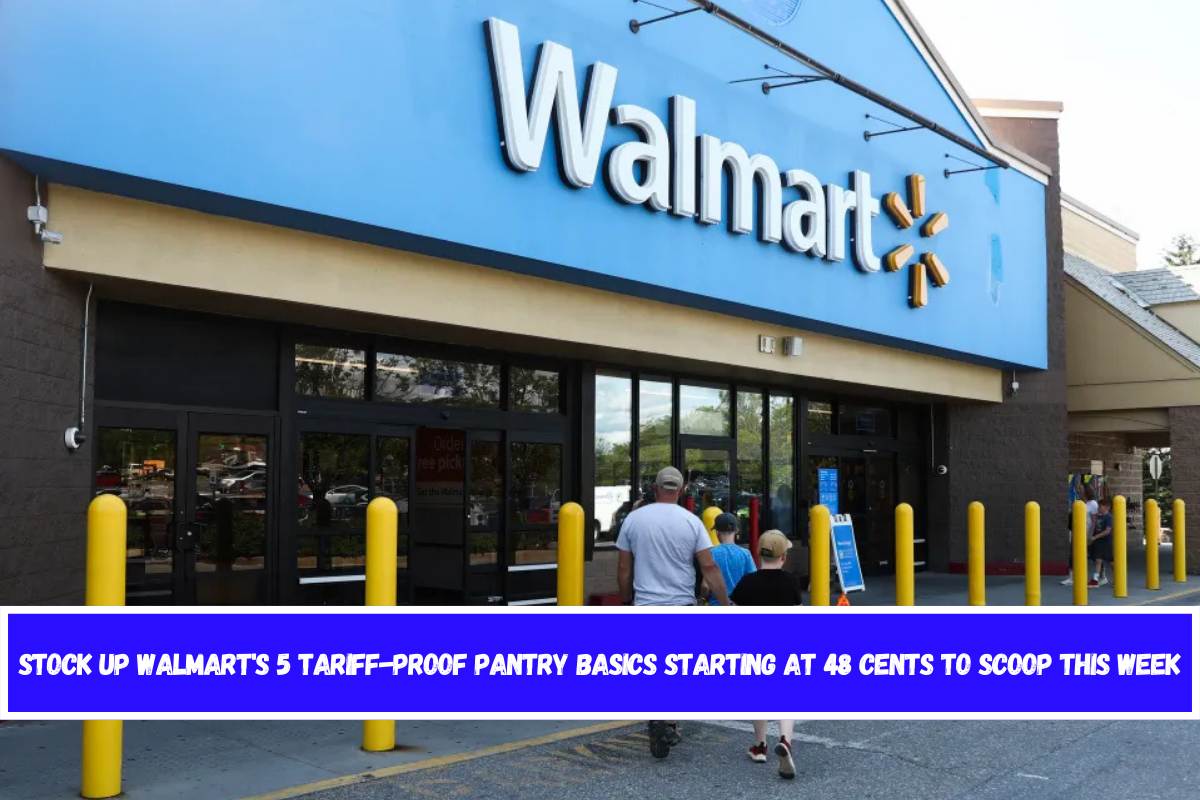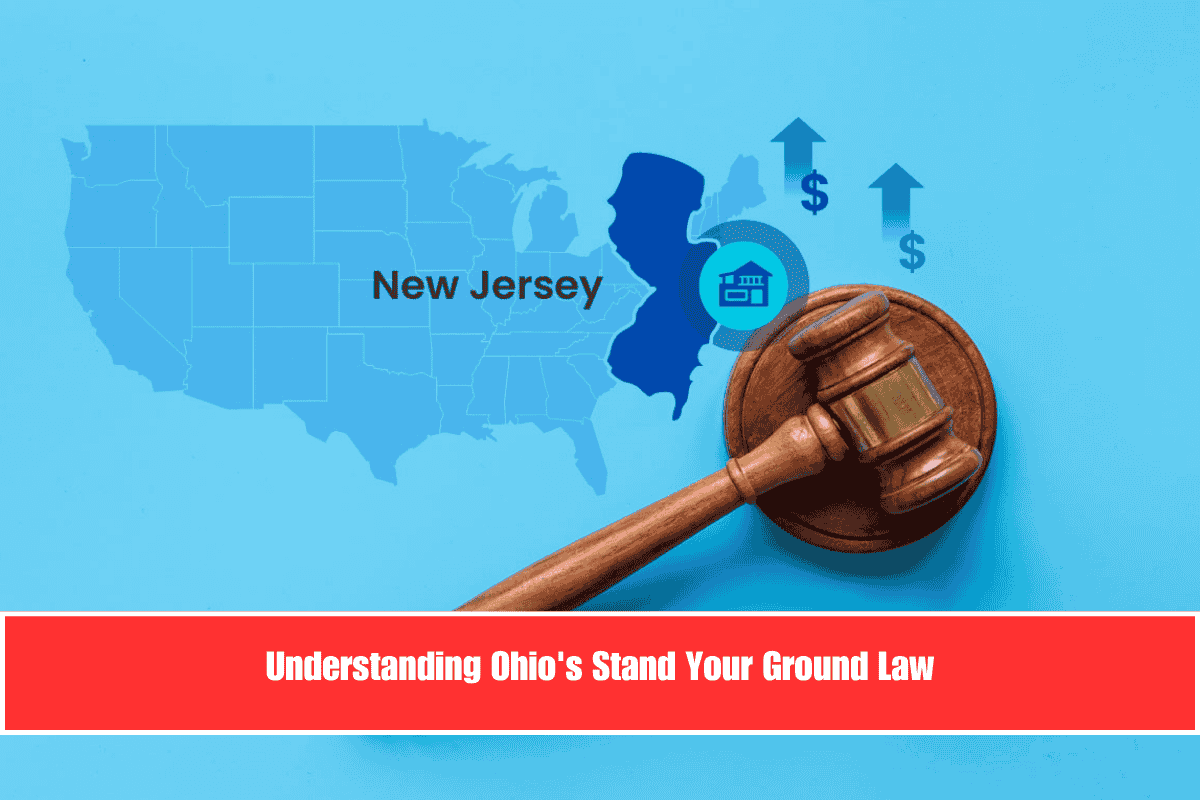With prices of food, rent, and daily needs rising, it has become harder for many families in the U.S. to manage monthly expenses. To offer better support, the Supplemental Nutrition Assistance Program (SNAP) is increasing its benefits in 2025, thanks to a yearly update called the Cost-of-Living Adjustment (COLA).
In this guide, you’ll find all the key updates on how much SNAP benefits will increase, who is affected, what changes are being made, and how you can make the most of your monthly allotment.
SNAP Benefit Increase in 2025: Key Details
Effective From: October 1, 2024 – September 30, 2025
Maximum Benefit (Family of 4): Up to $975/month (48 states + D.C.)
Minimum Benefit: $23/month for eligible households
New Shelter Deduction Cap: $712
Expanded Work Requirements: For adults aged 18–54 without dependents
Reference: USDA SNAP COLA 2025 Guidelines
The COLA adjustment ensures that benefits keep up with rising costs of living and help reduce hunger and food insecurity.
What Is the SNAP COLA?
COLA stands for Cost-of-Living Adjustment, a yearly review by the USDA that changes benefit amounts depending on inflation and the cost of food, housing, and other essentials.
In 2025, with food prices up by more than 6%, the USDA has increased SNAP benefits so families can better afford groceries and everyday items.
How Much Will SNAP Benefits Increase in 2025?
The amount of SNAP support depends on your household size, income, and living expenses. Here’s a quick look at the maximum monthly allotments for the 48 states and D.C.:
- 1-person household: $292
- 2-person household: $535
- 3-person household: $766
- 4-person household: $975
- Each additional person: +$220
Example: A family of five could receive up to $1,195 per month, depending on their income and needs.
Other states and territories have different limits:
- Alaska: Between $1,258 to $1,953 depending on region
- Hawaii: $1,723 for a family of four
To check your exact benefit amount, visit the official USDA SNAP 2025 guidelines.
What Else Is Changing in SNAP 2025?
1. Shelter Deduction Cap Increased
To help families with high rent or utility costs, the shelter deduction cap has gone up from $678 (in 2024) to $712 in 2025. This change allows more families to qualify for higher SNAP benefits.
2. Work Requirements Expanded
Adults aged 18–54 without dependents now have to meet work-related rules to get full benefits. These include:
- Working or being in a job training program for 80 hours/month
- Doing volunteer work or community service
If these requirements are not met, benefits may be limited to just 3 months within a 3-year period. However, some states may waive these rules in areas with high unemployment.
3. Minimum Benefits Stay the Same
The minimum monthly benefit remains at $23 for households who qualify, ensuring that even low-need families still receive basic support.
4. Help During Natural Disasters
In case of events like floods or hurricanes, the SNAP program also offers Disaster SNAP (D-SNAP) to help affected families replace food lost during emergencies. This temporary support is available in eligible areas.
How to Get the Most from SNAP in 2025
Keep Your Details Updated
Make sure your income, rent, family size, and utility costs are correct in the SNAP system. Even small changes could increase your benefits.
Combine with Other Programs
Use SNAP together with other government aid programs:
- WIC for pregnant women and children
- School meals for kids
- LIHEAP for help with heating or electricity bills
Combining support can stretch your budget further.
Shop Smart
- Buy in bulk for long-lasting items
- Choose store brands over name brands
- Use coupons and shop during discounts
- Visit farmers’ markets that accept SNAP for fresh produce at good prices
With the 2025 SNAP benefits increase, families struggling with rising prices can breathe a little easier. From higher monthly payments to updated work rules and rent deductions, these changes make SNAP more useful for those who need it most.
To get the full benefit, stay informed, update your information, and combine support programs where possible. Every small step can help your family live a healthier and more stable life.















